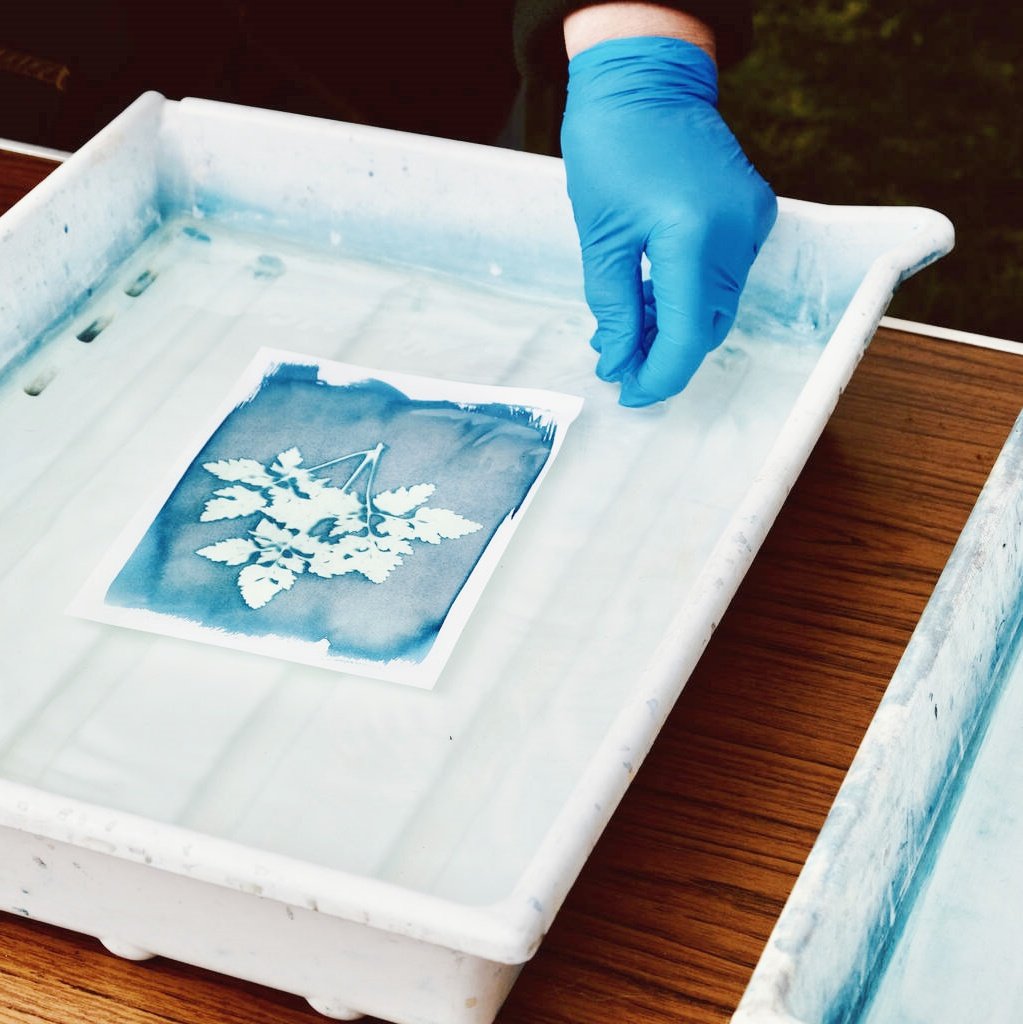How to Quickly Understand and Start Using Plastisol Ink for Beginners?
In the printing industry, Plastisol Ink, with its unique properties and wide range of applications, has become the preferred material for many printing projects. Whether you’re involved in textile printing, label making, or personalized gift customization, mastering the use of Plastisol Ink is crucial. This article will delve into the details of how beginners can quickly understand and start using Plastisol Ink, helping you take a solid step forward in the printing world.
I. Basics of Plastisol Ink
What is Plastisol Ink?
Plastisol Ink, also known as plasticizer-suspended PVC ink, is a liquid ink composed of PVC resin, plasticizers, pigments, and stabilizers. It remains in a paste-like state at room temperature but can rapidly transform into a soft and elastic plastic film layer upon heating, making it ideal for screen printing processes.
Characteristics of Plastisol Ink
- Vibrant Colors: Plastisol Ink exhibits a rich palette of colors that are both vivid and long-lasting.
- Strong Opacity: It effortlessly covers even dark backgrounds, providing exceptional opacity.
- Excellent Weather Resistance: Suitable for outdoor environments, it boasts superior water, oil, and UV resistance.
- Flexibility: The resulting film layer is soft and elastic, minimizing the risk of cracking or peeling.
II. Selection and Preparation of Plastisol Ink
Choosing the Right Plastisol Ink
When selecting Plastisol Ink, beginners should consider the following aspects:
- Application Scenario: Choose ink suitable for the material, purpose, and environment of the printed item.
- Color Requirements: Select pigments based on the desired colors and patterns.
- Environmental Considerations: Consider the ink’s environmental performance, opting for low-VOC or VOC-free products.
Ink Preparation
- Thorough Mixing: Stir the ink thoroughly before use to ensure even pigment distribution.
- Viscosity Adjustment: Adjust the ink’s viscosity as needed to suit different printing equipment and techniques.
- Storage Conditions: Store in a cool, dark place to prevent ink deterioration.
III. Application of Plastisol Ink in Screen Printing
Fundamentals of Screen Printing
Screen printing involves transferring ink onto the substrate through a mesh screen. When using Plastisol Ink for screen printing, master the following essentials:
- Screen Preparation: Create high-precision screens based on the design patterns.
- Accurate Positioning: Ensure the substrate is accurately positioned on the printing table to avoid misalignment.
- Squeegee Pressure: Control the pressure and angle of the squeegee for even ink distribution.
Printing Techniques with Plastisol Ink
- Ink Quantity Control: Apply the right amount of ink to avoid issues caused by excess or insufficient ink.
- Multi-Layer Printing: For multi-colored patterns, build up layers through repeated printing.
- Drying and Curing: Allow the ink to dry naturally or accelerate the process through heating to ensure print quality.
IV. Cleaning and Maintenance of Plastisol Ink
Ink Cleaning
- Use Dedicated Cleaners: Choose cleaners specifically designed for Plastisol Ink.
- Prompt Cleaning: Clean printing equipment and screens immediately after use to prevent ink from drying.
- Screen Care: Regularly inspect and maintain screens to extend their lifespan.
Equipment Maintenance
- Regular Checks: Inspect the functionality of printing equipment regularly to identify and address issues promptly.
- Cleanliness: Keep equipment and work areas clean to prevent impurities from affecting print quality.
- Proper Operation: Follow operating procedures strictly to avoid damage caused by improper handling.
V. Conclusion
Through this guide, we hope that beginners have gained a comprehensive understanding of Plastisol Ink. From fundamentals to practical applications, and even to cleaning and maintenance, every aspect is covered. By mastering these skills and knowledge, you will not only be able to confidently start using Plastisol Ink but also achieve exceptional results in your printing projects. Whether in textile printing, label making, or any other personalized printing fields, Plastisol Ink will undoubtedly be your invaluable partner.



